Slipping away: Erosion forces Olympic National Park to take a hard look at Kalaloch Lodge – the Seattle Times
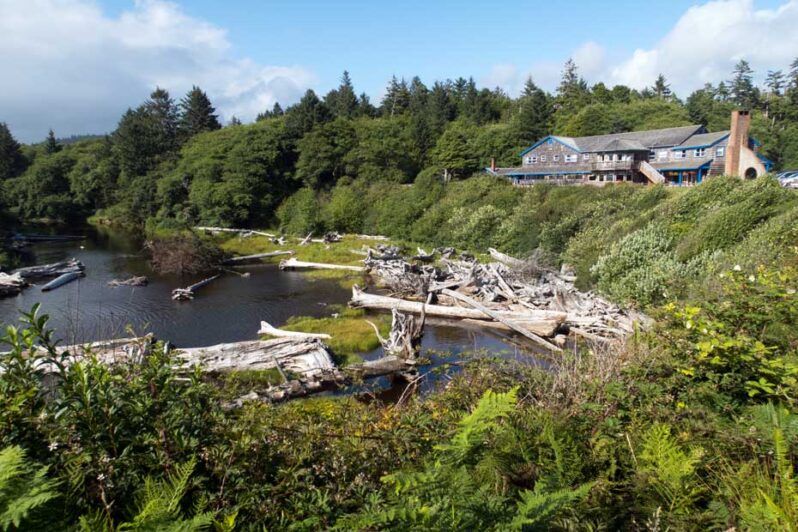
Kalaloch is the third-most-visited of Olympic National Park’s nine districts…Kalaloch Lodge, run on a concessionaire’s contract by the global entertainment/hospitality company Delaware North…has grown into a beachfront hotel with a restaurant overlooking the ocean, a small grocery store, a campground and nearly 50 cabins sitting on the same bluffs where the Beckers built their rustic resort 95 years ago. Except there’s less bluff. And less of it every year….
Venice Isn’t Alone: 7 Sinking Cities Around the World – How Stuff Works

Many big cities sit near the ocean. They became cities in the first place because their ports facilitated trade and travel by sea.
Coastal cities all over the world are sinking — a geological process called subsidence — and it’s happening at a rate that makes scientists nervous. If these bits of land didn’t have important cities on them, it’s likely nobody would notice, or, in some cases, that they wouldn’t be sinking at all…
How First Nations Are Asserting Sovereignty Over Their Lands and Waters – the Tyee
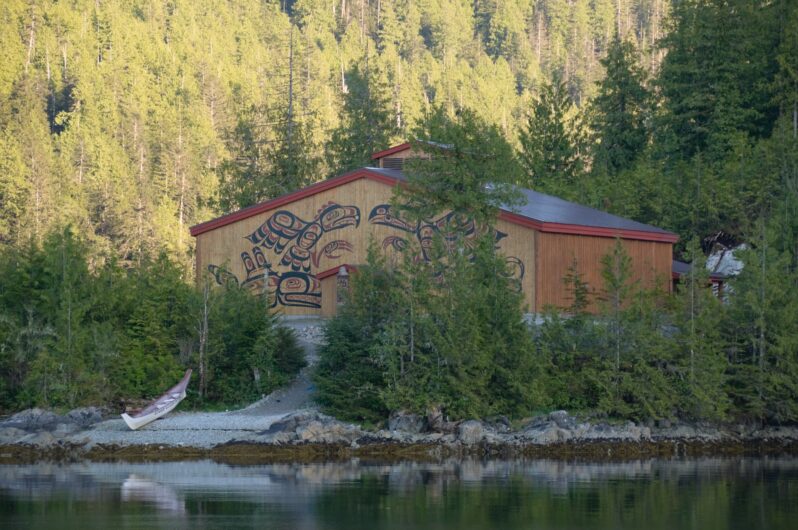
Indigenous Marine Protected and Conserved Areas hold a key to food security and balancing ecological and economic priorities. Part one of two.
Kitasu Bay sits within the traditional territory of the Kitasoo Xai’xais First Nation and is located on the Central Coast of British Columbia. Last summer the nation declared it a protected area under their own laws, closing it to commercial harvest by non-Indigenous fishers. Their declaration invited the provincial and federal governments to work with them to develop a co-governance model, but added, “we seek no permission…”
AP Photos In Sri Lanka, Fishers Suffer as Sea Erosion Destroys Homes and Beaches – AP
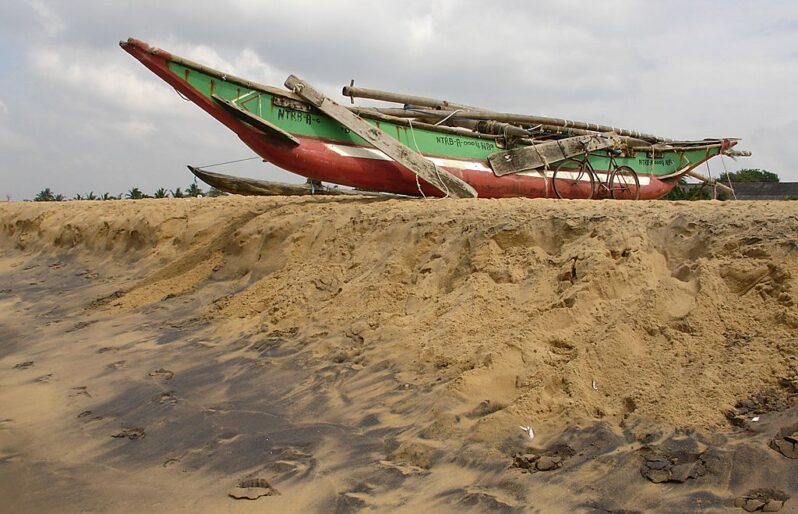
Ranjith Sunimal Fernando now has a shell of a home at the edge of Sri Lanka’s coast, lost to the sea. Waves lap past the broken walls into damaged, empty rooms.
“One night last month, my son went to the bathroom and I suddenly heard him screaming, ‘our house has gone into the sea!’,” said Fernando, a 58-year-old fisher born and raised in Iranawila, about 80 kilometers (50 miles) north of the capital, Colombo…
St. Johns County receives $59 million for coastal protection, ‘managed retreat’ – First Coast News

Other funded projects include a railroad overpass in Nocatee and erosion control in North Ponte Vedra Beach.
With Gov. Ron DeSantis putting pen to paper in signing the state’s budget for the fiscal year Thursday, St. Johns County received $59 million — the largest amount of state appropriations the county has ever received and far more than the $12.4 million it got last year…
The Bay Area faces an imminent threat from sea level rise — but it’s different from what you think – San Francisco Chronicle
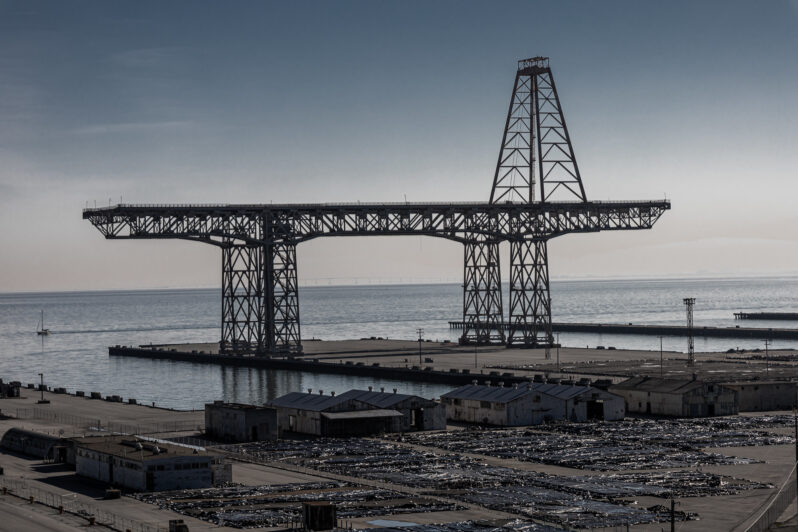
Dangerous chemicals hiding in the ground around the Bay Area are due to be released by groundwater as it’s pushed closer to the surface with sea level rise, a new study has found. In many cases, it can happen without warning as cancer-causing volatile compounds escape into schools and homes, experts say…
“Groundwater rise and sea level rise are gradual processes that are accelerating,” said Kristina Hill, associate professor at UC Berkeley’s College of Environmental Design, lead author of the study. “It’s a problem tomorrow, and it’s a problem today…”
California Against the Sea: Visions for our Vanishing Coastline – by Rosanna Xia
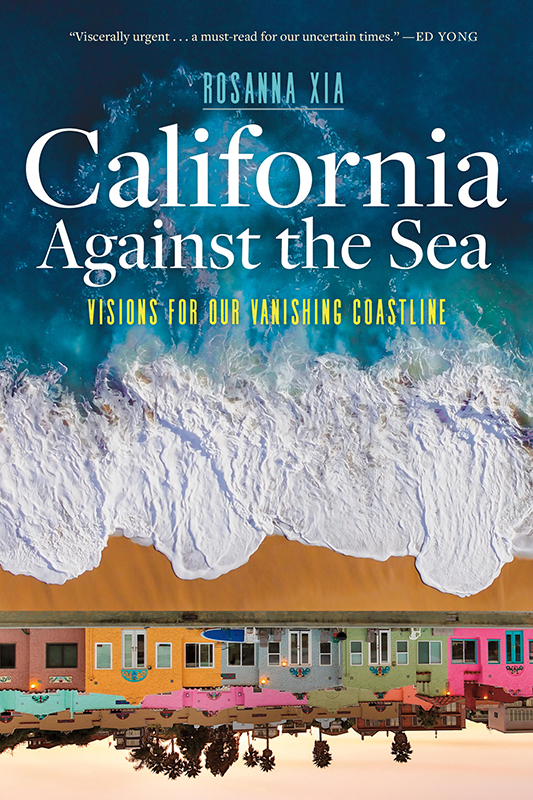
Along California’s 1,200-mile coastline, the overheated Pacific Ocean is rising and pressing in, imperiling both wildlife and the maritime towns and cities that 27 million people call home. In California Against the Sea, Los Angeles Times coastal reporter Rosanna Xia asks: As climate chaos threatens the places we love so fiercely, will we finally grasp our collective capacity for change?
Up to 70% of California beaches could disappear by end of the century – the Guardian

A new study uses satellites to predict what California’s famous coastline could look like by 2100.
California is known for golden sands and endless waves, but much of the state’s famous shoreline could vanish in the future. That’s according to a new study, which found that between 25% and 70% of California beaches might be washed away by the end of the century, leaving only cliffs or coastal infrastructure in their wake…
In the Bahamas, a Constant Race to Adapt to Climate Change – the New York Times
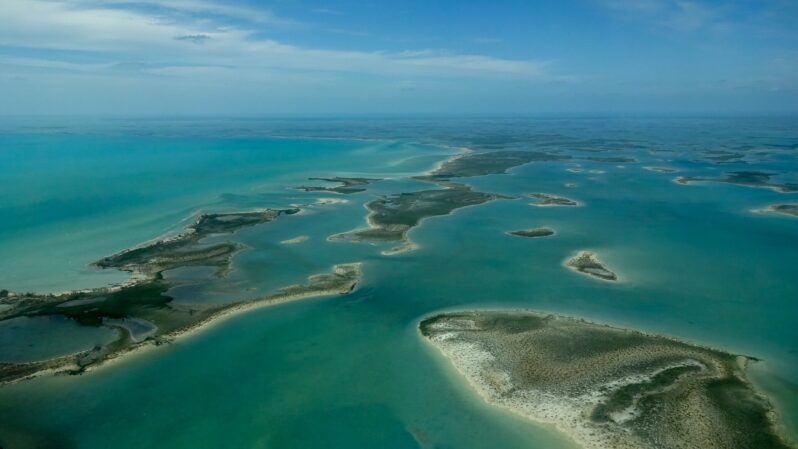
Rising seas and the ongoing threat of hurricanes and storm surges have forced the Caribbean nation to become a laboratory for climate adaptation.
At the United Nations climate summit in Egypt last year, Prime Minister Philip Davis of the Bahamas emerged as one of the most impassioned speakers among the more than 100 heads of state in attendance.
“We have to believe that a safer, better future is possible,” he told the gathering. “We believe that action — real, concerted action — can save the planet and save our human race…”
